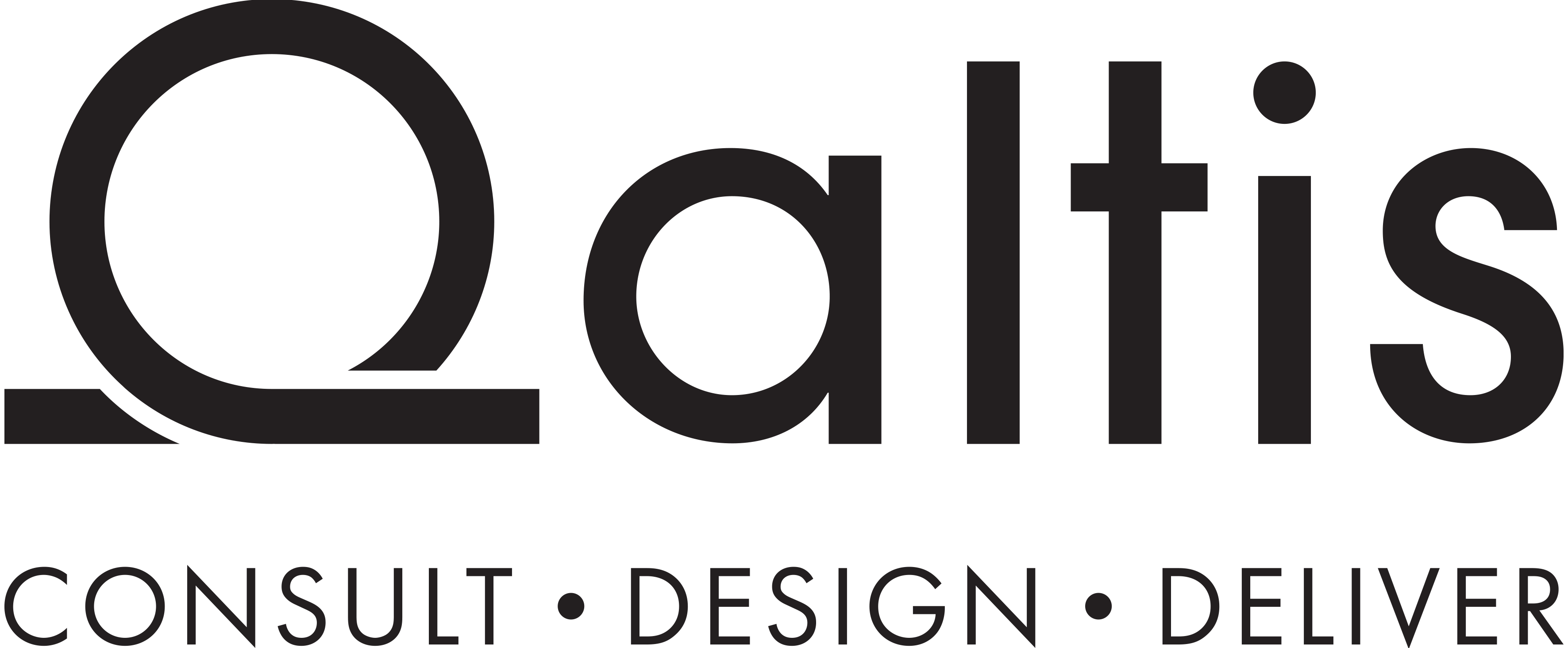The LA workspaces after the fire: when everything burns, what’s left is trust
As many will recall, in January Los Angeles was hit by a devastating fire — a catastrophe that reshaped the city and destroyed more than 10,000 buildings.
But those places were more than just structures.
The language of architecture tells us how we emotionally inhabit space — and how space, in turn, shapes us. What we take in from the local café, the restaurants that feed us, the offices and co-working spaces that host us, are sensory impressions. Which means that when those places disappear, a part of us disappears too.

Designing to reassure, not just resist
Sirens. Smoke. Evacuations. For those who remain — and survive — everything halts. The idea of continuity, the very scaffolding of the everyday, begins to fracture. And with that, our sense of stability starts to slip.
In recent years, we’ve learned to talk about resilient, flexible, adaptable spaces. But in moments like these, resilience alone isn’t enough. We need reassurance.
Physical space — even when shared, temporary or decentralised — can offer more than stable Wi-Fi. It can become an emotional container. A fixed point in the chaos. This isn’t about aesthetics or furnishings. It’s about design intention: lighting that doesn’t dazzle, volumes that don’t oppress, sounds that don’t invade. Design that listens — without raising its voice.
The Cognitive Office: when space holds you
This isn’t an idealistic dream. It’s a possible new standard. A space that doesn’t just support productivity, but also welcomes vulnerability — even in a city that happens to be the largest metropolitan area in the United States.
Because space isn’t just a container. It’s a mental ally. And in moments of collective fragility, it can become one of the few things that hold.
Don’t imagine zen rooms and matcha tea. This is a design approach that begins with one question: “What does the mind need in order to restart?”
Unlike roads or power lines, memories — like projects, hopes, and dreams — aren’t easy to reboot. Form follows function, they say. It’s a rule we’ve lived by for decades. But in times like these, function isn’t just operational. It’s emotional, perceptual, deep. Here, function must follow feeling. And to answer that question, we need spaces of listening. Of decompression. Of reorientation.
Designing trust
When everything around us shakes — whether from a fire or the background noise of daily uncertainty — it’s not performance that saves us. It’s the ability to still feel connected. Seen. Part of something. That’s why, today, designing space shouldn’t just mean optimising. It should mean caring. And ultimately, designing trust. This is the lens we use at Altis: a psychosocial approach that starts from people — from their tensions, their unspoken needs.
We don’t design just to help people work well. We design to help them feel well — even when working becomes difficult.
You can explore this topic (and much more) in our dedicated section on the Altis website: Proprietary Research.
Forget perks: Gen Z wants a reason to stay (in your office)
A ping-pong table won’t cut it. Neither will rooftop yoga or a neon “People First” sign. Gen Z isn’t looking for perks. They’re looking for purpose. And the most surprising thing? They’re not out to “change the world” (spoiler: climate change and variable-rate mortgages have already got that covered). They’ve simply stopped trading a stable job for the right one.
The logic is simple: If I’m going to spend eight hours a day somewhere, I want to know why. And I want that “why” to be real — not framed on a dusty mission statement or buried inside a Deliveroo voucher.

Things you wouldn’t expect Gen Z to say (but maybe you should)
“I want to stay at my company. If I find a place that treats me well, I’m not leaving.” — Francesco, 25, software engineer. Loves Excel. Hates passive-aggressive managers.
“I don’t need to work in a swimsuit. I’m fine with being in the office — as long as it’s human.” — Chiara, 24, marketing assistant. Stopped believing in boat-based team building by her second Zoom meeting.
“I want to grow professionally. But not at the cost of my mental health.”
— Edoardo, 23, consultant. Meditates daily. Left a “secure” job because it secured him to a desk.
What the data says (besides what your intern’s already told you)
Recent studies confirm that Gen Z is dismantling the idea of the “permanent job”, piece by piece. The signs? Clear enough to flicker the overhead fluorescents:
- Gen Z is already the most represented generation in workplaces. By 2030, they’ll make up 30% of the global workforce. They’re not the “future”. They’re already here.
- 78% prefer hybrid environments — but well-designed ones. A meeting room with strip lighting doesn’t count.
- Only 30% feel engaged by their physical work environment. Translation: the remaining 70% — stuck in a cubicle under a middle manager’s breath — are drafting their resignation letters.
- They want authenticity, sustainability, real flexibility — and spaces that give them a reason to stay, not an excuse to leave.
Oh, and did we mention fair pay? There’s also that. The bottom line: they don’t want a cooler company. They want a more honest pact.
So what now?
Less paternalism. More trust. Less talk about resilience. More actual listening. Fewer “we care about you” slogans. More: “Tell us what you need.” They’re looking for spaces that speak the language of coherence, transparency — and yes, kindness too.
Those who manage to build cultures and environments that are flexible yet clear, warm yet well-structured, are already ahead of the game. The rest? They can keep buying pouffes. Just don’t complain when no one sits down.
Curious whether your office speaks Gen Z? Try answering these questions:
- Is flexibility real — or just remote Fridays?
- Is the space designed to support work — or just decorated with a trendy sofa?
- Are your values visible in your actions — or just on the wall?
- Can people choose where to work in the office
- Community — or social obligation?
- Is there actual greenery — or just a cactus at reception?
- Does management listen — or just say they do?
If you found yourself rolling your eyes more than once, the problem isn’t Gen Z. The problem is that you’re still trying to keep them with meal vouchers. Instead, you could start with a simple question: “If I were 24 today, would I stay in this office?” If the answer is no, it’s time to make room. The right kind.
From boardrooms to event spaces: how financial services are reinventing the workplace
What if we told you that one of the most formal, static, pinstripe-coded industries in the world is rethinking its offices? Hard to believe, perhaps — and yet it’s happening. Banks, asset managers, and consulting firms are shaking off their navy carpet tiles and quarterly-report rituals, stepping into a new era. One that’s more fluid. More human.
The new mantra? Adaptability. Finance offices are beginning to resemble multifunctional sets: a room used for a strategic meeting in the morning hosts an internal workshop by afternoon and transforms into a stage for a public talk or partner aperitivo by evening. The reason is simple: work today isn’t just about doing — it’s about connecting. And in an era where top talent vanishes at the first whiff of stagnation, even Goldman Sachs has clocked that physical space is a relationship tool, not a control mechanism.

So, what does a “working office” in 2025 look like — in finance?
- Fixed desks? A thing of the past. Much like BlackBerrys.
- Walls move. Layouts reconfigure. So do mindsets.
- Meeting rooms? They’re now relationhips rooms: spaces where colleagues, departments, partners and freelancers actually meet.
- Tech connects — not just computes.
- And most importantly: there’s light. There’s care. There’s identity.
From the Milan offices of the Big Four to the Paris HQs of major banking groups, the keyword is transformation. We’re seeing it in post-pandemic digital hubs. In ground floors that become corporate piazzas. In event spaces that serve both brand visibility and talent retention. Because a workplace that adapts, opens up, and evolves? That’s like a good investment: it grows over time — and attracts people who know where they want to be.
Case study: The new JP Morgan chase HQ in New York
JP Morgan is building its new headquarters at 270 Park Avenue — and let’s be clear: this isn’t just an office. It’s a statement. A 60-storey skyscraper replacing the old building, designed to embody the future of work in finance. What stands out?
- Flexible, modular spaces for events, collaboration, and focus
- Reconfigurable floors, no assigned desks, shared areas that encourage spontaneity and serendipity— including green terraces, wellness zones, and internal auditoriums
- Integrated sustainability: set to be one of the greenest HQs in Manhattan, using 30% less energy than current standards
- A design that promotes transparency: open floor plans, no spatial hierarchies. Leaderships sits within, not above.
Anyone who still thinks the workplace is just an HR issue has missed the point.
In 2025, physical space is branding. It’s leadership. And when even those managing real capital realise there’s no human capital without culture, the workplace takes centre stage again. Not as a backdrop — but as a strategic tool.
Want to know how to turn your workplace into a competitive advantage? Get in touch: [email protected].





